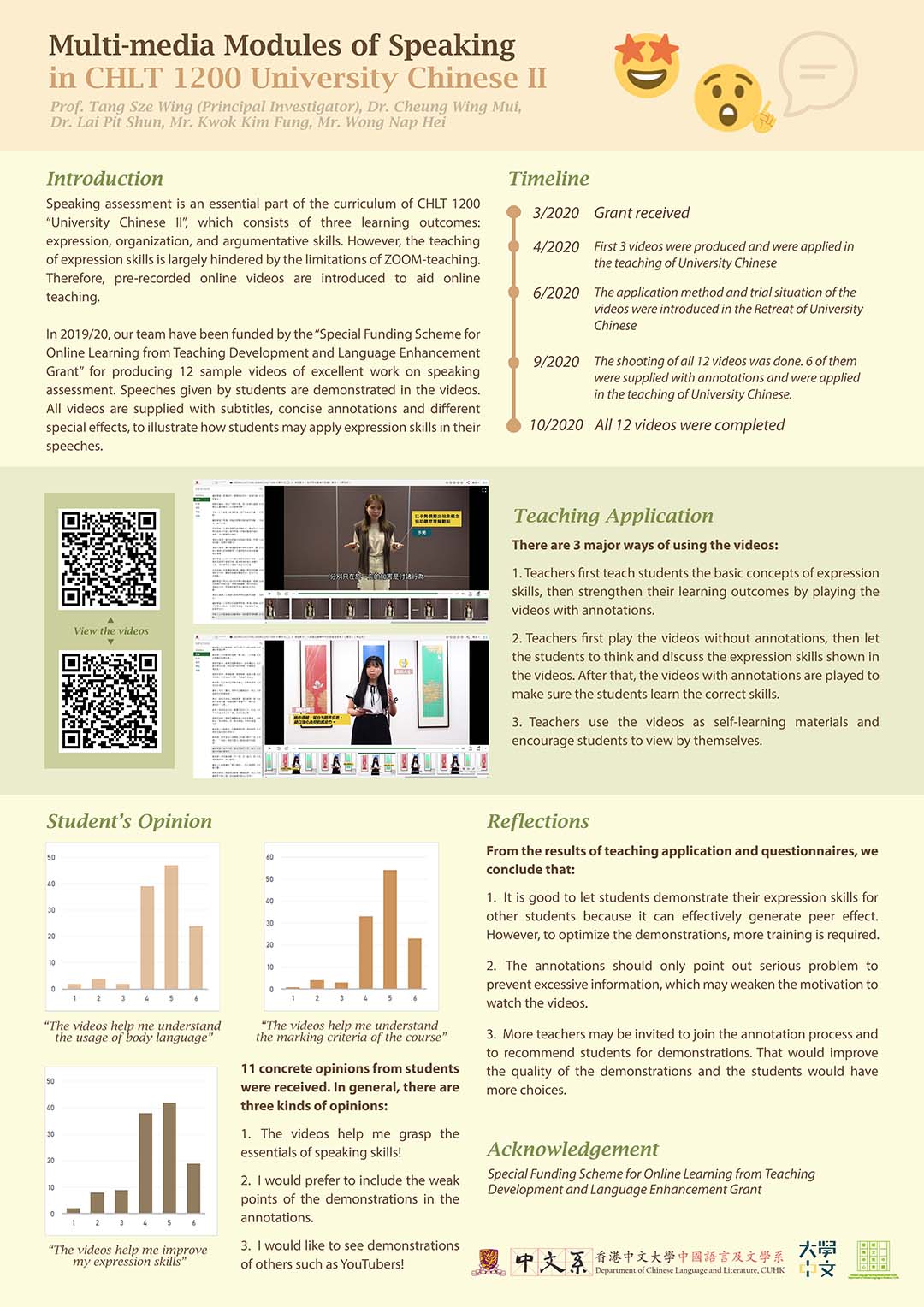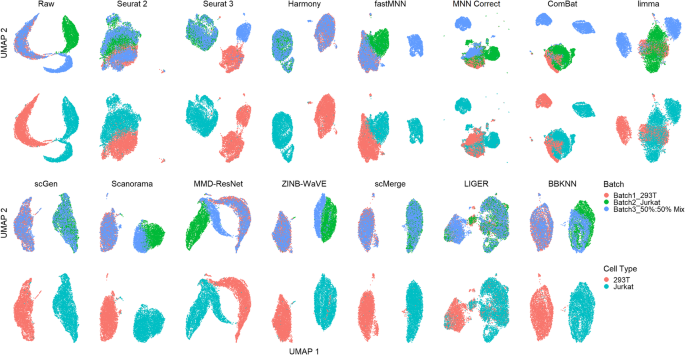

Packaging, transport and retail accounts for 16% of the emissions while the remaining 40% is from consumer use – mainly from washing the jeans – and disposal in landfill.Īnother study of jeans made in India that contained 2% elastane showed that producing the fibres and denim fabric released 7kg more carbon than those in Levi’s analysis. Just over a third of those emissions come from the fibre and fabric production, while another 8% is from cutting, sewing and finishing the jeans. Jeans manufacturer Levi Strauss estimates that a pair of its iconic 501 jeans will produce the equivalent of 33.4kg of carbon dioxide equivalent across its entire lifespan – about the same as driving 69 miles in the average US car. And the stretchy elastane material woven through many trendy styles of tight jeans is made using synthetic materials derived from plastic, which reduces recyclability and increases the environmental impact further.

For instance, fabric dyes pollute water bodies, with devastating effects on aquatic life and drinking water. Unfortunately it also means that some of the most popular types of jeans are the hardest on the planet. Then there is how the clothing is transported and disposed of when the consumer no longer wants it anymore. And while the environmental impact of flying is now well known, fashion sucks up more energy than both aviation and shipping combined.Ĭlothing in general has complex supply chains that makes it difficult to account for all of the emissions that come from producing a pair of trousers or new coat. The fashion industry accounts for about 8-10% of global carbon emissions, and nearly 20% of wastewater.

And it’s been easy to go along with the tide.īut conversations about the climate crisis made Piskova, who lives in Sofia, Bulgaria, consider the impact that the industry and her own shopping habits were having. As a copywriter for a company in the fashion industry she’s surrounded by fashionistas. When it comes to resisting the lure of fashion, Piskova faces a tougher challenge than most. “I would buy 10 pairs of very cheap jeans just for the sake of having more diversity in my wardrobe for a low price, even though I ended up wearing only two or three of them.” “For years I was obsessed with buying clothes,” says Snezhina Piskova.


 0 kommentar(er)
0 kommentar(er)
